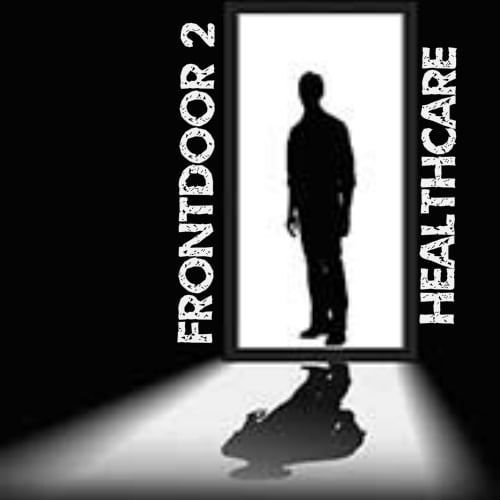Guest post by Linda B.
My life, as of late, has gone through a huge transition. As transitions go, it’s been a good one and actually relatively smooth but I have felt a bit disjointed. This week I stumbled upon a blog by Dr. Strader discussing thoughts on physician service. His thought is that the true requirement of a physician is to be a thinker. Solve the problem. Determine the next course of action.
This, somehow, made things much more clear to me. Let me explain.
Six months ago I was a highly skilled and knowledgeable critical care RN in a tertiary care centre in Ontario. I am now the new primary care Nurse Practitioner in a small town in the Maritimes. This is no small transition I can assure you. In my “old life” I taught new nurses, med students, residents and fellows the ropes. I collaborated regularly with all different types of interdisciplinary team members. I managed critically ill patients with relative ease and was never happier than when I was assigned a patient who was anything but healthy and I just needed to keep everything and everyone in motion to keep that person alive. Many shifts were like a crazy chaotic stage show, everything needing to happen in just the right order … lest it all come crashing down – and when it sometimes did I knew what to do then too… I was who made Dr. Strader’s plan come to action.
My hierarchy has changed. I used to answer first to the staff, then maybe to a fellow or a resident, answer questions from the med students and families. The small decisions were mine, the suggestions mine to give but ultimate decisions rested in the hands of someone with more education and ultimate responsibility. If I was to delegate it would be to another RN considered just as capable as myself. Or maybe a patient care aide (PCA) assisting with a task. I would do an assessment and report my findings dutifully. If I didn’t get the reaction I expected or wanted I would hound the person until I either got a satisfactory reason for their seeming inactivity, or I would go above their head until I got what I thought needed to be done. Once the plan was set, I knew exactly what needed to be done, by who and in what priority.
Now? Now I say “I don’t know” more times in my day than I would ever have thought reasonable – and it just seems like the right thing to do. I have traded in scrubs for dresses. Ugly stained running shoes and hoodies for pretty shoes and accessories. Twelve hour shifts for a day job. And in truth, action for thought.
While I consult with physicians daily – and the people I see are ultimately rostered to a physician for their health care – my assessment is my own and the decision as to what to do next lies with me. I decide if further testing, medication, referral, education or follow up is needed. I then write it on a piece of paper and walk away. I used to be the person who did stuff with the papers – now I do things with the results.
I also now work with both LPN’s (RPN if you are in Ontario) and RN’s on a daily basis. Due to this change I pay attention more now than ever before to the discussion of utilizing practical nurses in the place of RNs. And I see how the public confuses me – the nurse practitioner, with the licensed practical nurse. The word “nurse” describes us all – LPN, RN, NP – despite our very different abilities. No wonder it is confusing. And in truth, I have met some LPNs whose abilities are better than an RNs and some RNs who could easily out diagnose and treat any NP. As you move up the chain, the difference is truly in your thought pattern. We can often all do the same skill – but it is really the difference is how we think.
As the conversation goes about LPNs replacing RNs, so does the conversation about utilizing NPs to replace physicians. For the sake of absolute clarity, I do not think an NP should ever replace a physician. I am an access point. I increase an individuals ability to access the health care system. We need to stop pitting one professional level against another. In the same way I do not think that LPN/RPNs can replace RNs or that PSW/RCWs can replace an LPN/RPN. Thought process is important – but it is difficult to measure, or even understand by someone who doesn’t work in within the system.
Within this transition I miss the rush and my scrubs some days. I miss that feeling of knowing that my action saved someone’s life – but the truth is – now I think my thoughts make more of a difference than my actions ever did.
Author Bio: Linda Brown is a primary care nurse practitioner in a small town with a background in critical care in a big city.

